
Truman Garcia Capote was an American novelist, screenwriter, playwright, and actor. Several of his short stories, novels, and plays have been praised as literary classics, including the novella Breakfast at Tiffany's (1958) and the true crime novel In Cold Blood (1966). His works have been adapted into more than 20 films and television productions.

In Cold Blood is a non-fiction novel by American author Truman Capote, first published in 1966. It details the 1959 murders of four members of the Clutter family in the small farming community of Holcomb, Kansas.

George Ames Plimpton was an American writer. He is known for his sports writing and for helping to found The Paris Review, as well as his patrician demeanor and accent. He was known for "participatory journalism," including accounts of his active involvement in professional sporting events, acting in a Western, performing a comedy act at Caesars Palace in Las Vegas, and playing with the New York Philharmonic Orchestra and then recording the experience from the point of view of an amateur.
True crime is a nonfiction literary, podcast, and film genre in which the author examines a crime and details the actions of people associated with and affected by criminal events. It is a cultural phenomenon that can refer to the promotion of sensationalized and emotionally charged content around the subject of violent crime, for the general public.
New Journalism is a style of news writing and journalism, developed in the 1960s and 1970s, that uses literary techniques unconventional at the time. It is characterized by a subjective perspective, a literary style reminiscent of long-form non-fiction. Using extensive imagery, reporters interpolate subjective language within facts whilst immersing themselves in the stories as they reported and wrote them. In traditional journalism, the journalist is "invisible"; facts are meant to be reported objectively.
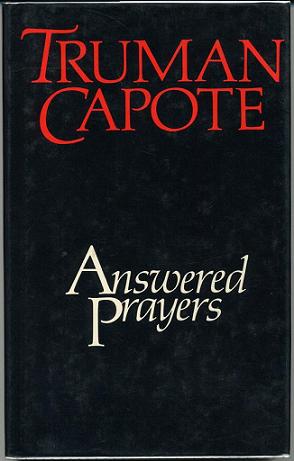
Answered Prayers is an unfinished novel by American author Truman Capote, published posthumously in 1986 in England and 1987 in the United States.
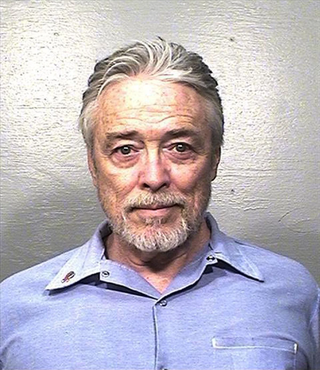
Robert Kenneth Beausoleil is an American murderer and associate of Charles Manson and members of his communal Manson Family. He was convicted and sentenced to death for the July 27, 1969, fatal stabbing of Gary Hinman, who had befriended him and other Manson associates. Beausoleil was later granted commutation to a lesser sentence of life imprisonment, after the Supreme Court of California issued a ruling that invalidated all death sentences issued in California prior to 1972.

Infamous is a 2006 American drama film written and directed by Douglas McGrath. It is based on George Plimpton's 1997 book, Truman Capote: In Which Various Friends, Enemies, Acquaintances, and Detractors Recall His Turbulent Career and covers the period from the late 1950s through the mid-1960s, during which Truman Capote researched and wrote his bestseller In Cold Blood (1965).

Capote is a 2005 American biographical drama film about American novelist Truman Capote directed by Bennett Miller, and starring Philip Seymour Hoffman in the title role. The film primarily follows the events during the writing of Capote's 1965 nonfiction book In Cold Blood. The film was based on Gerald Clarke's 1988 biography Capote. It was released on September 30, 2005, coinciding with what would've been Capote's 81st birthday.
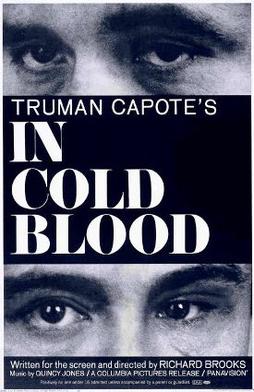
In Cold Blood is a 1967 American neo-noir crime film written, produced and directed by Richard Brooks, based on Truman Capote's 1966 nonfiction novel of the same name. It stars Robert Blake as Perry Smith and Scott Wilson as Richard "Dick" Hickock, two men who murder a family of four in Holcomb, Kansas. Although the film is in parts faithful to the book, Brooks made some slight alterations, including the inclusion of a fictional character, "The Reporter". The film was shot on location at sites where Smith and Hickock's crimes occurred, including the real Clutter home where they robbed and murdered all four members of the family. The film was nominated for four Academy Awards: Best Director, Best Original Score, Best Cinematography, and Best Adapted Screenplay. In 2008, In Cold Blood was selected for preservation in the United States National Film Registry by the Library of Congress as being "culturally, historically, or aesthetically significant".
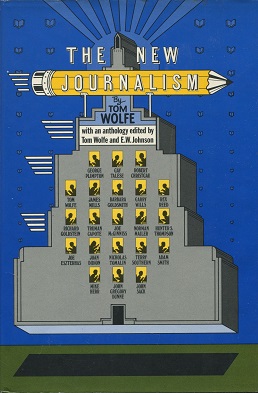
The New Journalism is a 1973 anthology of journalism edited by Tom Wolfe and E. W. Johnson. The book is both a manifesto for a new type of journalism by Wolfe, and a collection of examples of New Journalism by American writers, covering a variety of subjects from the frivolous to the deadly serious. The pieces are notable because they do not conform to the standard dispassionate and even-handed model of journalism. Rather they incorporate literary devices usually only found in fictional works.

Perry Edward Smith was one of two career criminals convicted of murdering the four members of the Clutter family in Holcomb, Kansas, United States, on November 15, 1959, a crime that was made famous by Truman Capote in his 1966 non-fiction novel In Cold Blood. Along with Richard Hickock, Smith took part in the burglary and multiple murder at the Clutter family farmhouse.
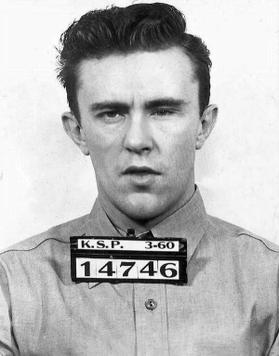
Richard Eugene Hickock was one of two ex-convicts convicted of murdering four members of the Clutter family in Holcomb, Kansas on November 15, 1959, a crime made famous by Truman Capote in his 1966 non-fiction novel In Cold Blood. Along with Perry Edward Smith, Hickock took part in the burglary and multiple murder at the Clutter family farmhouse.

Breakfast at Tiffany's is a novella by Truman Capote published in 1958. In it, a contemporary writer recalls his early days in New York City, when he makes the acquaintance of his remarkable neighbor, Holly Golightly, who is one of Capote's best-known creations. In 1961 it was adapted into a major motion picture of the same name.
The Black and White Ball was a masquerade ball held on November 28, 1966, at the Plaza Hotel in New York City. Hosted by author Truman Capote, the ball was in honor of The Washington Post publisher Katharine Graham.
The non-fiction novel is a literary genre that, broadly speaking, depicts non-fictional elements, such as real historical figures and actual events, woven together with fictitious conversations and uses the storytelling techniques of fiction. The non-fiction novel is an otherwise loosely defined and flexible genre. The genre is sometimes referred to using the slang term "faction", a portmanteau of the words fact and fiction.
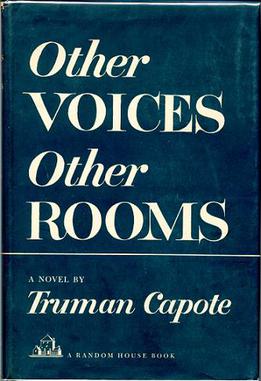
Other Voices, Other Rooms is a 1948 novel by Truman Capote. It is written in the Southern Gothic style and is notable for its atmosphere of isolation and decadence.
Peter Gillman is a British writer and journalist specialising in mountaineering topics. His book, Direttissima; the Eiger Assault (1967), also published under the title Direttissima, co-authored with Dougal Haston, told the story of the ascent of the Eiger North Face in which John Harlin II lost his life.
Brooklyn Heights: A Personal Memoir is an autobiographical essay by Truman Capote about his life in Brooklyn in the late 1950s. While it was eventually combined with the original photo illustrations by David Attie in a coffee table edition, and has been included in anthologies as well, it was first published in the February 1959 issue of the mid-century travel magazine Holiday.

In the early morning hours of November 15, 1959, four members of the Clutter family – Herb Clutter, his wife, Bonnie, and their teenage children Nancy and Kenyon – were murdered in their rural home just outside the small farming community of Holcomb, Kansas. Two ex-convicts, Perry Smith and Richard Hickock, were found guilty of the murders and sentenced to death. They were both executed on April 14, 1965. The murders were detailed by Truman Capote in his 1966 non-fiction novel In Cold Blood.













